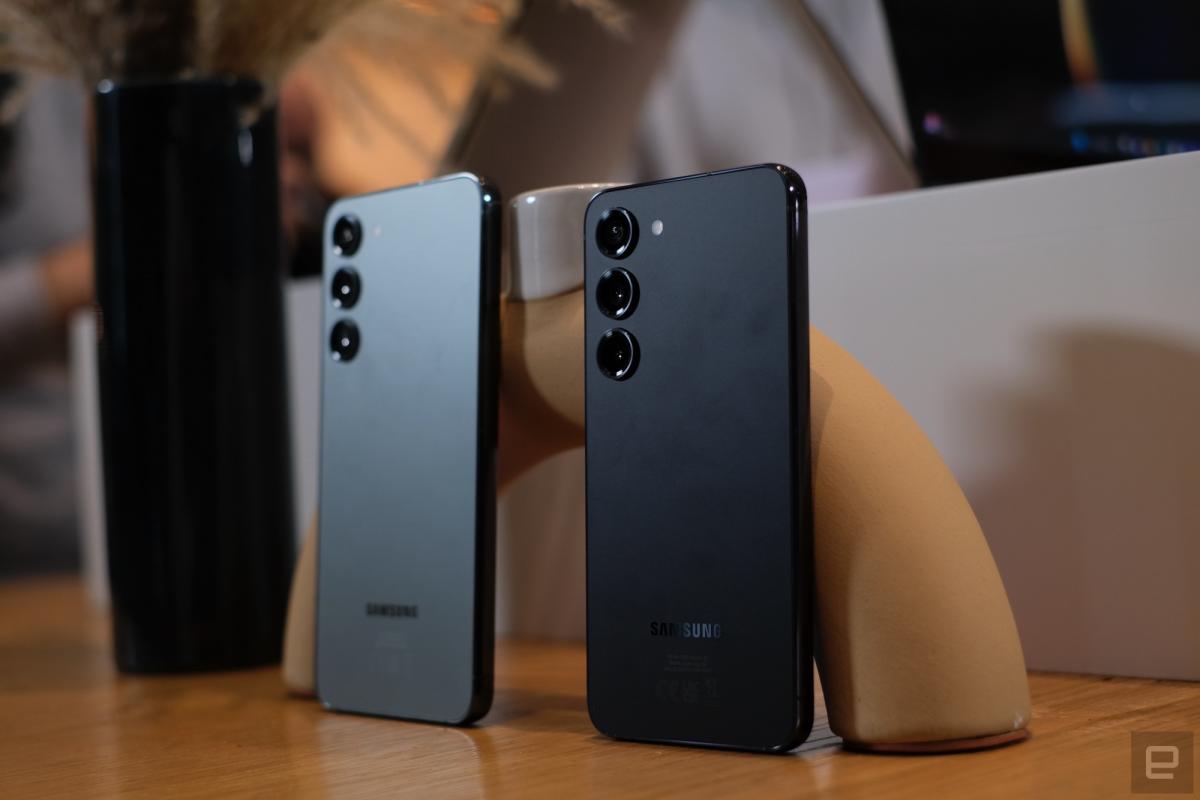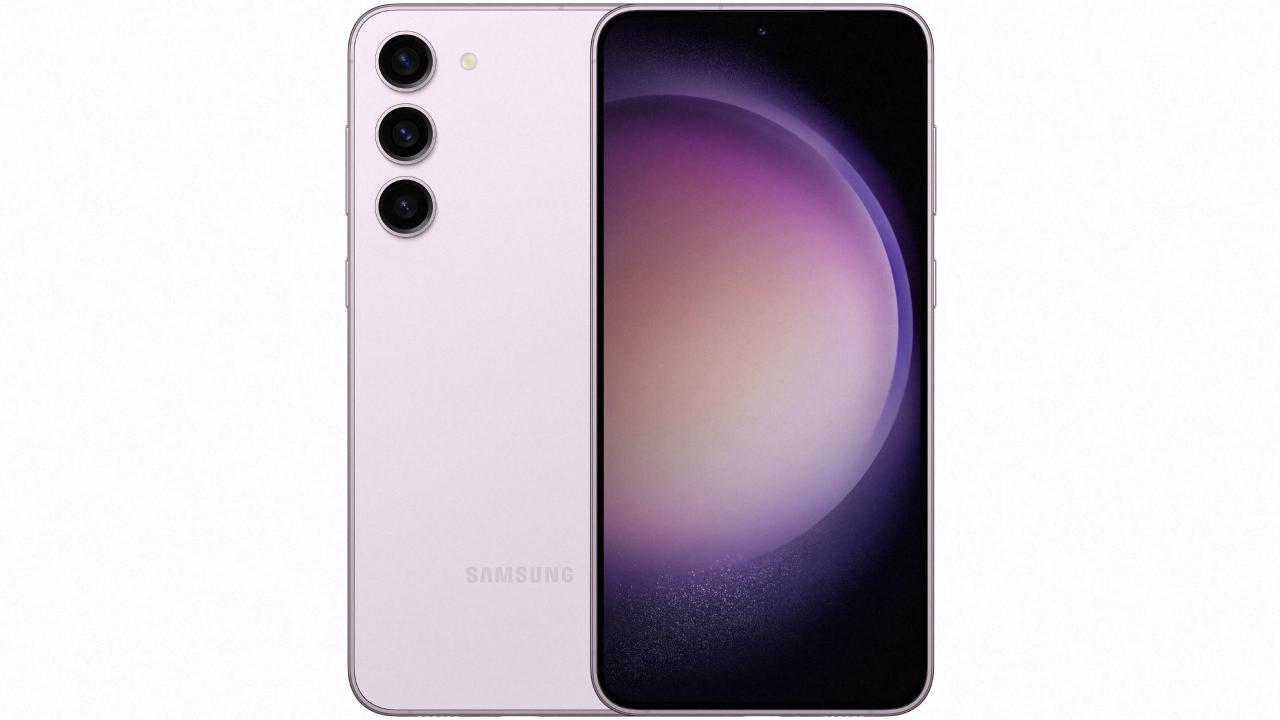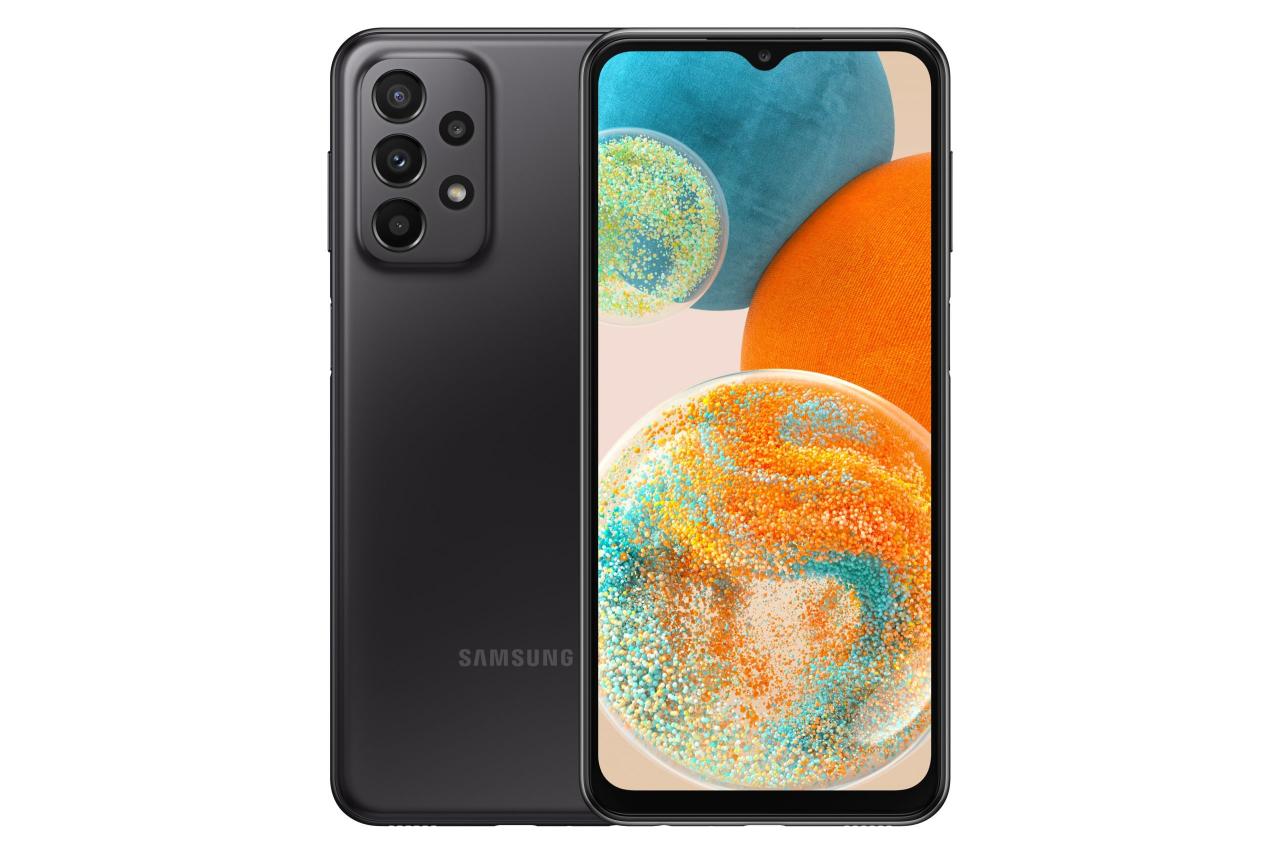samsung galaxy s 4 stands as a remarkable milestone in smartphone technology, captivating users with its innovative features and impressive specifications. Launched with a vibrant screen, powerful camera, and cutting-edge processor, it redefined user expectations at the time. This device not only showcased enhancements over its predecessors but also set a benchmark for future smartphones, combining functionality with sleek design.
With its intuitive software and user-friendly interface, the Samsung Galaxy S4 delivered an exceptional experience, making it a favorite among tech enthusiasts and casual users alike. The device’s blend of performance and usability made it a standout choice in a competitive market, inviting a wave of innovations that shaped the smartphone industry.
Features and Specifications

The Samsung Galaxy S4, launched in 2013, marked a significant advancement in smartphone technology, offering a blend of powerful features and refined specifications. With its emphasis on user experience and functionality, the S4 became a flagship model that set the stage for future devices in the Galaxy series.
The Galaxy S4 boasts a vibrant 5-inch Super AMOLED display with a resolution of 1920 x 1080 pixels, ensuring sharp and vivid visuals. It is powered by either a Qualcomm Snapdragon 600 processor or an Exynos 5 Octa processor, depending on the region, providing robust performance suited for multitasking and demanding applications. The device features a 13-megapixel rear camera, capable of capturing high-resolution images and detailed videos, complemented by a 2-megapixel front-facing camera for selfies and video calls.
Comparison with Predecessor and Successors, Samsung galaxy s 4
The Samsung Galaxy S4 represents a considerable enhancement over its predecessor, the Galaxy S III, and showcases features that paved the way for its successors, like the S5 and S6. Below is a comparative analysis of key specifications and features:
| Feature | Galaxy S3 | Galaxy S4 | Galaxy S5 |
|---|---|---|---|
| Display Size | 4.8 inches | 5.0 inches | 5.1 inches |
| Camera Resolution | 8 MP Rear / 1.9 MP Front | 13 MP Rear / 2 MP Front | 16 MP Rear / 2 MP Front |
| Processor | Exynos 4412 / Snapdragon S4 | Exynos 5 Octa / Snapdragon 600 | Snapdragon 801 |
| Battery Capacity | 2100 mAh | 2600 mAh | 2800 mAh |
The Galaxy S4 improved upon display size, camera capabilities, and processing power, contributing to an overall enhanced user experience. Its successors, like the Galaxy S5, continued this trend with further refinements in camera technology and battery life.
Software Capabilities and User Interface Enhancements
The software enhancements introduced with the Galaxy S4 significantly improved interaction and functionality for users. It ran on Android 4.2.2 Jelly Bean upon release, featuring the TouchWiz user interface which allowed for customization and a variety of innovative features.
Notable software capabilities include:
- Smart Scroll: This feature utilizes the phone’s front camera to detect the user’s eyes, allowing the screen to scroll automatically based on where the user is looking.
- Air Gesture: Users can navigate through the phone’s interface by waving their hand above the display, enabling touch-free interaction.
- Dual Camera: The S4 allows users to capture images using both the front and rear cameras simultaneously, creating unique picture-in-picture photos and videos.
- Group Play: This feature enables users to share music, photos, and games with others in close proximity, fostering social interaction through shared experiences.
These enhancements not only improved usability but also positioned the Galaxy S4 as a pioneer in integrating advanced software features into everyday smartphone use.
User Experience and Performance

The Samsung Galaxy S4 was designed to offer a seamless user experience, showcasing features that enhance usability while maintaining robust performance. It ran on the Android operating system, enhanced with Samsung’s TouchWiz interface, which was tailored to provide an intuitive user interaction. This blend of hardware and software aimed to deliver a smartphone experience that was both powerful and user-friendly, catering to a wide audience.
The performance of the Samsung Galaxy S4 was noteworthy, powered by a quad-core processor that ensured smooth multitasking and rapid app launches. The device’s specifications included 2GB of RAM, which allowed users to run multiple applications simultaneously without significant lag. This combination of processing power and memory contributed to a user-friendly experience, where navigation through menus and apps felt fluid and responsive.
Battery Life and Charging Capabilities
Battery life is a critical aspect of any smartphone’s usability, and the Galaxy S4 offered respectable performance in this area, thanks to its 2600mAh battery. Compared to competing models at the time, its battery longevity was commendable. Users could expect a full day’s usage under mixed conditions, with moderate use extending beyond 24 hours. The device also featured adaptive battery saving modes that optimized performance based on usage patterns.
The Galaxy S4 supported various charging options, including fast charging capabilities that allowed users to power up swiftly when needed. This was a significant advantage over many of its contemporaries, which often relied on standard charging methods that took longer to fully recharge.
User feedback has highlighted both strengths and weaknesses of the Galaxy S4:
- Strengths: Users appreciated the vibrant Super AMOLED display, which provided excellent color accuracy and deep blacks, enhancing the visual experience for gaming and video playback.
- Camera Quality: The 13MP camera was praised for its ability to capture high-quality images in various lighting conditions, making it a popular choice for photography enthusiasts.
- Customization Options: The flexibility provided by Android allowed users to personalize their devices extensively through widgets and apps.
- Weaknesses: Some users reported that the device felt plastic and less premium compared to competitors like the HTC One, which featured a more premium build quality.
- Overly Aggressive Features: Certain features, such as Smart Scroll and Air Gesture, were seen as gimmicky by some users, who preferred a more straightforward user experience.
- Software Bloat: The presence of pre-installed applications was criticized, as they occupied storage space without providing significant value.
“The Galaxy S4’s performance and features positioned it as one of the leading smartphones of its generation, although user preferences varied widely based on individual needs and expectations.”
Accessories and Customization
The Samsung Galaxy S4 stands out not only for its impressive specifications but also for its vast ecosystem of accessories and customization options. These enhancements allow users to personalize their devices, augment functionality, and protect their investment. Whether you want to safeguard your smartphone or tailor its appearance to your style, various choices are available.
Popular Accessories for Samsung Galaxy S4
To enhance the usability and protection of the Samsung Galaxy S4, a range of accessories has been developed. These accessories not only cater to personal styles but also provide practical solutions for everyday use. Below is a list of some of the most popular accessories:
- Cases: From rugged cases that offer military-grade protection to slim, stylish options, cases come in numerous designs. Brands like OtterBox and Spigen are known for their durable and aesthetically pleasing cases.
- Screen Protectors: Tempered glass and film protectors help safeguard the display from scratches and cracks. Manufacturers like ZAGG and amFilm provide reliable options.
- Docking Stations: These allow users to charge their devices while also providing convenient access to data and connectivity. Docking stations often come with additional features, such as built-in speakers.
Customization Options for Samsung Galaxy S4
The Samsung Galaxy S4 offers numerous customization options that enable users to tailor their devices to their preferences. Customization possibilities can enhance both aesthetics and functionality, allowing users to create a unique user experience.
- Themes: Users can select from a variety of themes available in the Samsung Theme Store. These themes alter the visual aspects of the user interface, including icons, wallpapers, and fonts.
- Launchers: Third-party launchers, such as Nova Launcher or Apex Launcher, provide extensive customization options. Users can change the layout, transition animations, and app drawer settings for a more personalized home screen experience.
- Widgets: The S4 supports a wide array of widgets that can be placed on the home screen. Users can select from weather updates, calendar events, music controls, and more to optimize productivity and accessibility.
Optimizing Samsung Galaxy S4 with Third-Party Apps
To enhance the performance and utility of the Samsung Galaxy S4, users can leverage a variety of third-party apps and tools. These applications can streamline tasks, improve efficiency, and offer features not available through the default settings.
- Task Management: Apps like Todoist or Trello can help manage tasks effectively, allowing users to organize their schedules and projects.
- Battery Management: Battery-saving apps, such as Greenify, can optimize background processes to extend battery life significantly.
- Security Tools: Applications like Avast Mobile Security provide an additional layer of security, protecting against malware and unauthorized access.
Troubleshooting and Maintenance: Samsung Galaxy S 4

The Samsung Galaxy S4 is a powerful smartphone, but like any device, it can encounter issues or require regular maintenance to keep running smoothly. Understanding common problems and their solutions is essential for every user, as is knowing how to maintain the device for long-term performance. This section will address common issues faced by users, provide step-by-step troubleshooting solutions, and offer maintenance tips to ensure your Samsung Galaxy S4 remains efficient over time.
Common Issues and Troubleshooting Solutions
Several issues may arise while using the Samsung Galaxy S4, and tackling them promptly can prevent further complications. Here are some frequent problems along with their troubleshooting steps:
– Battery Drain: One common complaint is rapid battery depletion.
– Check battery usage settings to identify apps using excessive power.
– Disable background app activity for non-essential applications.
– Lower screen brightness and timeout settings.
– Overheating: If your device feels unusually hot, it can be concerning.
– Close any unused apps running in the background to reduce CPU usage.
– Remove the case while charging to allow heat dissipation.
– Ensure that your software is updated, as updates can include optimizations for power management.
– Slow Performance: A lagging device can affect usability.
– Clear cache from apps to free up resources.
– Uninstall apps that are not frequently used to free storage space.
– Restart the device to refresh the system processes.
– Connection Issues: Problems with Wi-Fi or Bluetooth connections can be frustrating.
– Toggle Airplane mode on and off to reset network connections.
– Forget the Wi-Fi network and reconnect by entering the password again.
– Ensure Bluetooth visibility settings are enabled for pairing devices.
Maintenance Tips for Optimal Performance
Maintaining the Samsung Galaxy S4 is crucial for longevity and optimal performance. Here are some effective maintenance tips:
Regularly clear the device cache to remove unnecessary files that can slow down performance.
– Go to Settings > Storage > Cached data, and select the option to clear it.
Update the software frequently to benefit from the latest features and security improvements.
– Navigate to Settings > About phone > Software update to check for available updates.
Backup essential data regularly to prevent loss. Utilizing Samsung’s Smart Switch or Google Drive can ensure all your files are stored safely.
Keep the device clean by regularly wiping the screen and case with a microfiber cloth to prevent build-up that can affect usability.
Best Practices for Data Backup and Software Updates
Ensuring that data is backed up and that the software is up to date is essential for maintaining the Samsung Galaxy S4’s functionality and security.
– Utilize Samsung Cloud or Google Backup for seamless data synchronization.
– Enable backups by navigating to Settings > Accounts > Samsung account or Google > Backup and ensure that the necessary options are checked.
– Regularly check for software updates to keep the device secure and optimized.
– Go to Settings > About phone > Software update, and select ‘Check for updates’ to keep your device running the latest software version.
– Schedule regular reminders for backups, ideally before major software updates or when storing important files.
– This can help ensure that you do not lose any crucial data during an update process or unexpected device failure.
By following these troubleshooting steps and maintenance tips, users can enhance the longevity of their Samsung Galaxy S4 while ensuring optimal performance throughout its lifecycle.
FAQ Resource
What is the screen size of the samsung galaxy s 4?
The samsung galaxy s 4 features a 5.0-inch Super AMOLED display.
What is the camera resolution of the samsung galaxy s 4?
The device boasts a 13 MP rear camera and a 2 MP front camera.
How is the battery life of the samsung galaxy s 4?
The samsung galaxy s 4 is equipped with a 2600 mAh battery, providing decent longevity for daily use.
Can the samsung galaxy s 4 be customized?
Yes, users can customize the samsung galaxy s 4 with various themes, launchers, and widgets.
What accessories are available for the samsung galaxy s 4?
Popular accessories include cases, screen protectors, and docking stations.
The Samsung Galaxy F series has gained attention for its impressive features tailored to budget-conscious consumers. With a sleek design and powerful performance, it stands out in the smartphone market, making it a strong contender for those seeking value without sacrificing quality.
If you’re exploring options in the premium smartphone category, the Galaxy S 7 remains a classic choice. Known for its vibrant display and advanced camera capabilities, this model continues to impress, proving that even older generations can compete with modern devices in terms of performance and user experience.